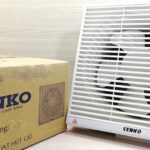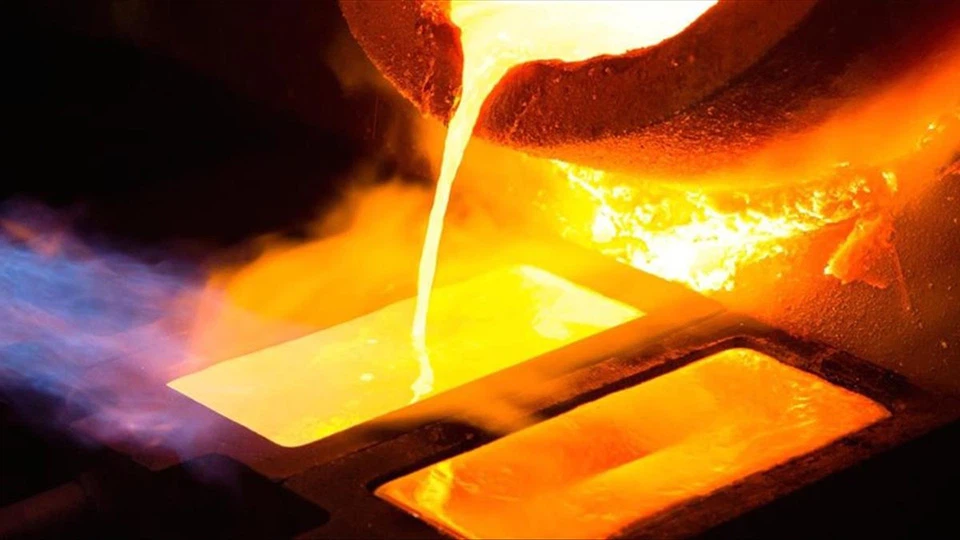Summer brings hot and humid weather, which increases the demand for cooling devices in homes. Besides electric fans that blow cool air, air conditioners are equally popular due to their faster and more effective cooling.
However, when using air conditioners, many users overlook a minor detail that can lead to wasted energy and money. It also affects the device’s efficiency, resulting in slower cooling. The culprit? Gaps around the entrance, beneath the door, and where it meets the floor.
Air conditioners operate most efficiently in a relatively sealed space. If the gaps around the door are too large, the cold air from the AC will escape, causing energy waste and preventing the room from cooling optimally.

Gaps around doors can lead to energy waste when using air conditioners (Illustrative photo)
Therefore, if your home has gaps around the door, use foam strips to cover them and save energy when using the AC in summer. Currently, the most common and affordable method is to use foam strips that are longer than 90cm and 3-6cm thick. They are easily available on e-commerce platforms.
For gaps in other areas like windows and indoor vents, users should also check and ensure they are relatively sealed.
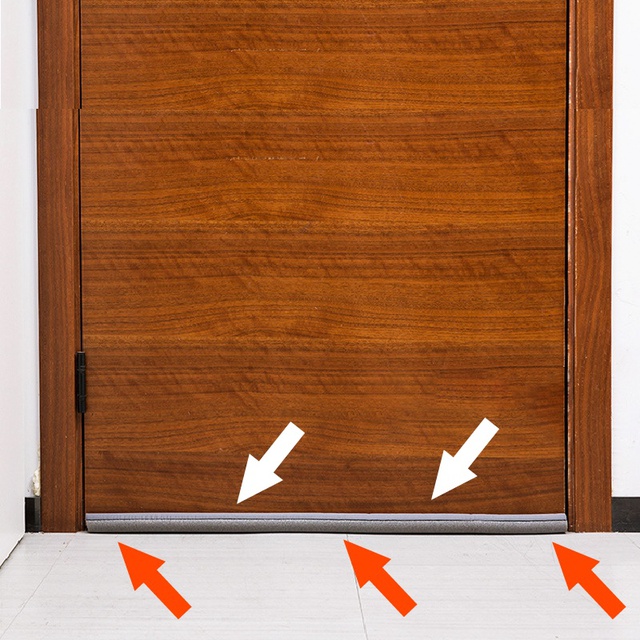
Illustrative photo
How to use air conditioners efficiently in summer?
Besides ensuring a relatively sealed space, here are some additional tips from the Electricity of Vietnam (EVN) for energy-efficient use of air conditioners in summer.
1. Set the air conditioner to an appropriate temperature
Many households tend to set their air conditioners to low temperatures, aiming for faster and more efficient cooling. However, experts advise against this practice.
When the cooling is too rapid, the power consumption increases, sometimes reaching peak levels. This means higher than normal energy consumption. Additionally, continuous operation at high power can potentially overload the air conditioner, leading to malfunctions.
Experts recommend maintaining an air conditioner temperature above 25 degrees Celsius, ideally around 26-28 degrees Celsius. When first turning on the AC, you can set it to 23 degrees Celsius, then adjust it to the recommended range. This temperature range provides stable cooling, helps save energy, and is healthier for users.

Illustrative photo
2. Avoid repeatedly turning the air conditioner on and off
Instead of repeatedly turning the air conditioner on and off, households should keep it running for several hours at a stable temperature. If you want to give the AC a break, use the device’s timer function.
Continuously turning the device off and on not only fails to save energy but also has the opposite effect. This is because each time the air conditioner is turned back on, it requires about three times more power to start the compressor and fan motor and quickly adjust to the set temperature.
Therefore, repeatedly turning the air conditioner on and off throughout the day, especially within short intervals, can triple your energy consumption.
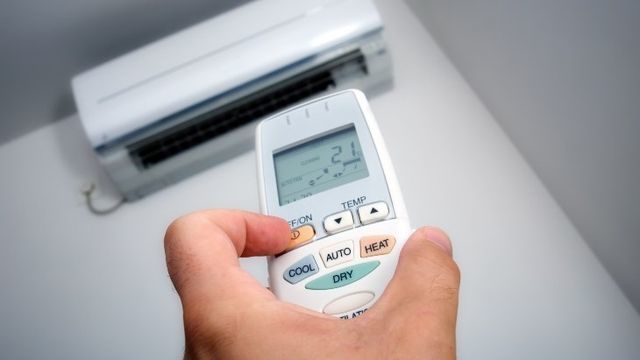
Illustrative photo
3. Use an air conditioner in combination with a fan
EVN has consistently recommended this tip for summers: use a fan in combination with an air conditioner, especially during peak heat. Both devices should be set to moderate levels.
Using a fan with an air conditioner helps cool the space faster and distributes the cold air more evenly. Once the space has been sufficiently cooled, you can turn off one of the devices.
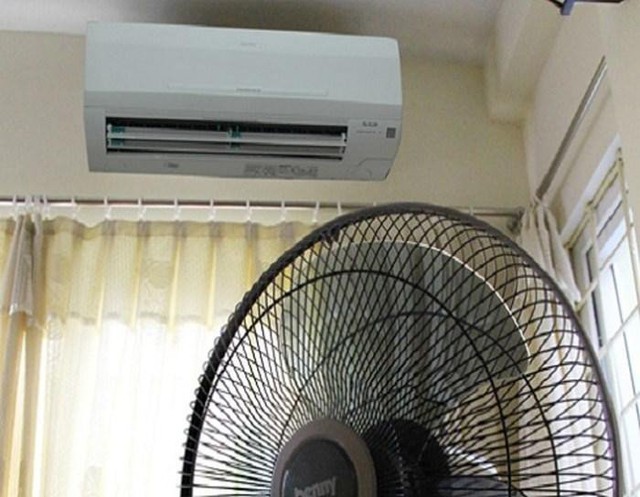
Illustrative photo
4. Choose an energy-efficient air conditioner with appropriate capacity
Nowadays, the market offers many air conditioners with high energy star ratings or Inverter technology. These types of air conditioners help save energy while still providing efficient cooling. Therefore, when purchasing a new air conditioner for summer, households should consider these options.
Additionally, choosing a device with a capacity suitable for the space is crucial. Using an oversized unit for a small room will waste energy and money. Conversely, using an undersized unit for a large room will result in inefficient cooling.
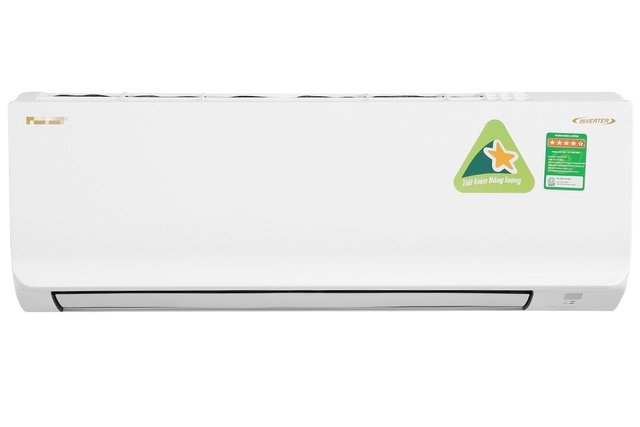
Illustrative photo
Here are some guidelines for choosing the right air conditioner capacity based on room size:
– Area less than 15 square meters: Choose a 1HP ~ 9000 BTU air conditioner
– Area from 15 to 20 square meters: Choose a 1.5 HP – 12.000 BTU air conditioner
– Area from 20 to 30 square meters: Choose a 2 HP – 18.000 BTU air conditioner
– Area from 30 to 40 square meters: Choose a 2.5 HP ~ 240.000 BTU air conditioner
Source: Doiso Phapluat
– For an area less than 15 square meters, choose a 1 HP or 9000 BTU air conditioner.
– For an area between 15 and 20 square meters, opt for a 1.5 HP or 12,000 BTU unit.
– For a space between 20 and 30 square meters, a 2 HP or 18,000 BTU air conditioner is suitable.
– For larger areas between 30 and 40 square meters, consider a 2.5 HP or 24,000 BTU unit.
Preparing Yellow Apricot Flowers to be in Full Bloom for Tet Celebration
As the Lunar New Year quickly approaches, many families are looking for guidance when it comes to selecting, purchasing, maintaining, and decorating with beautiful golden apricots. To ensure you get the most out of this lovely tradition, this article will provide you with specific instructions for choosing, caring for and decorating with yellow apricot blossoms. Learn how to make the most of this iconic symbol of the Tet holiday season!


























